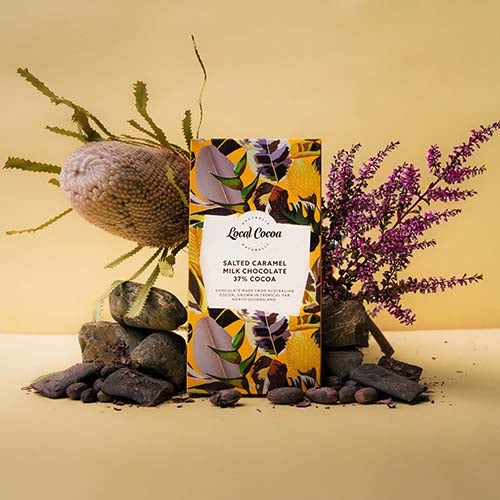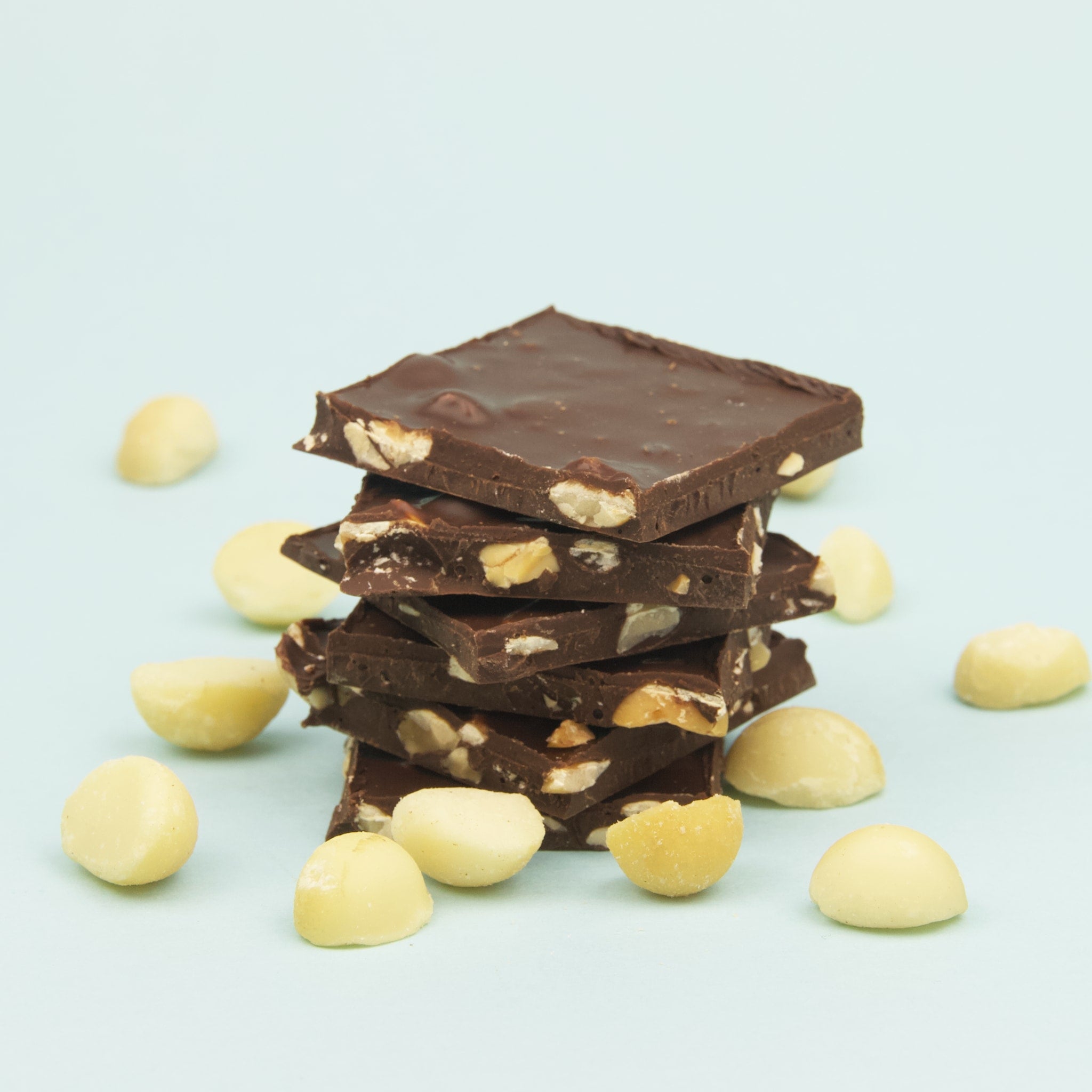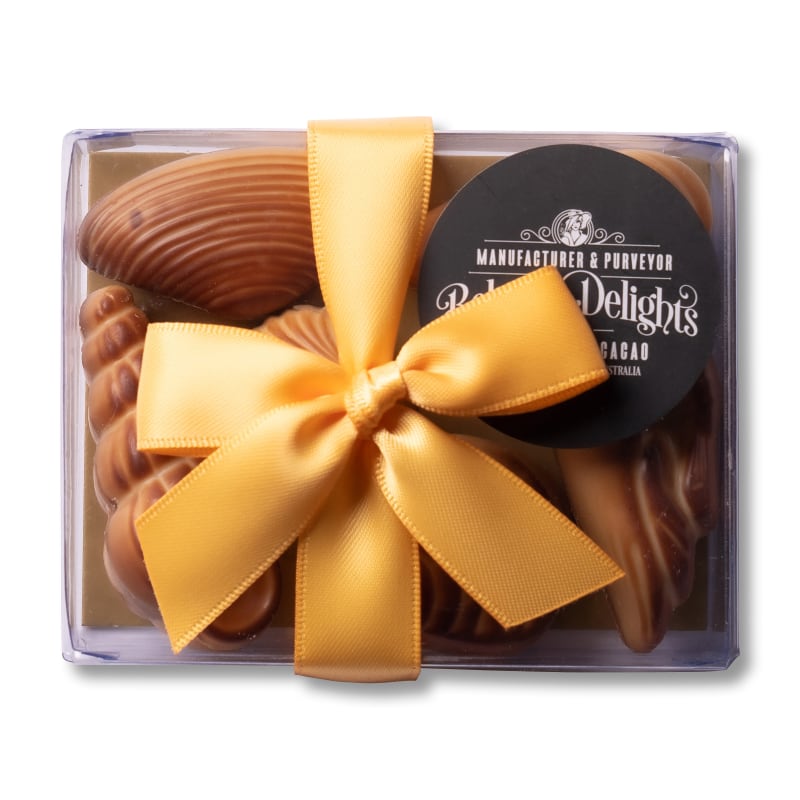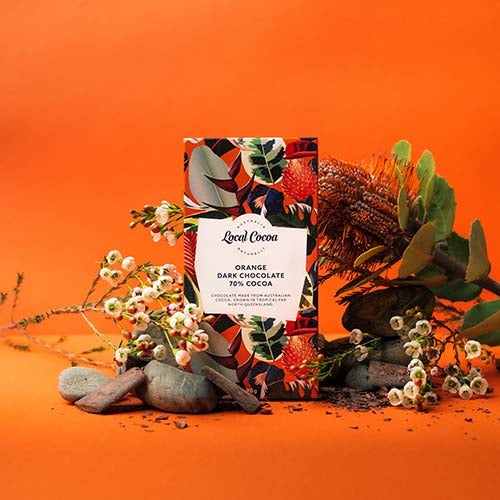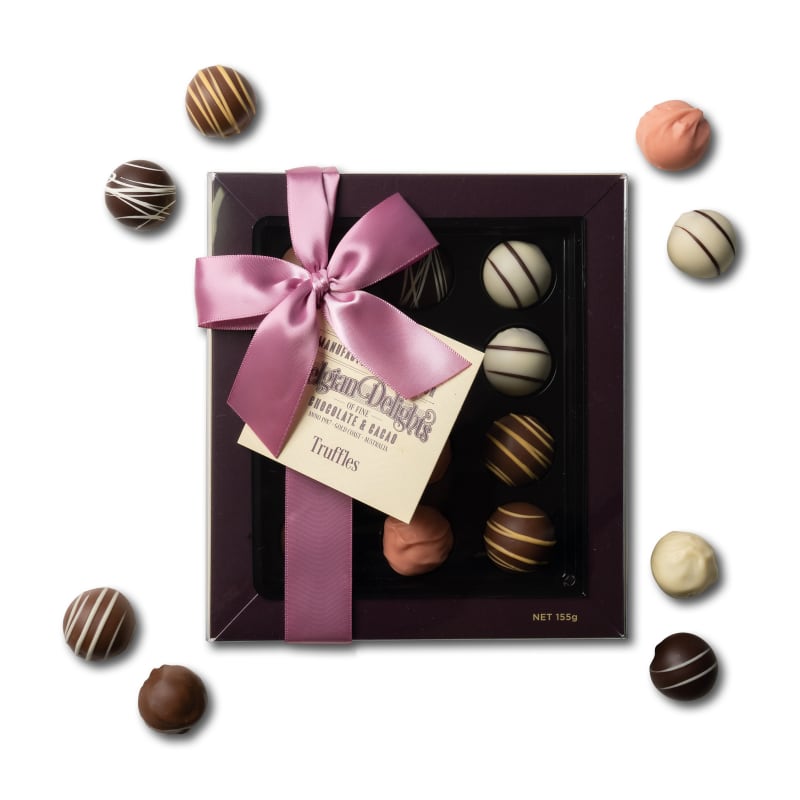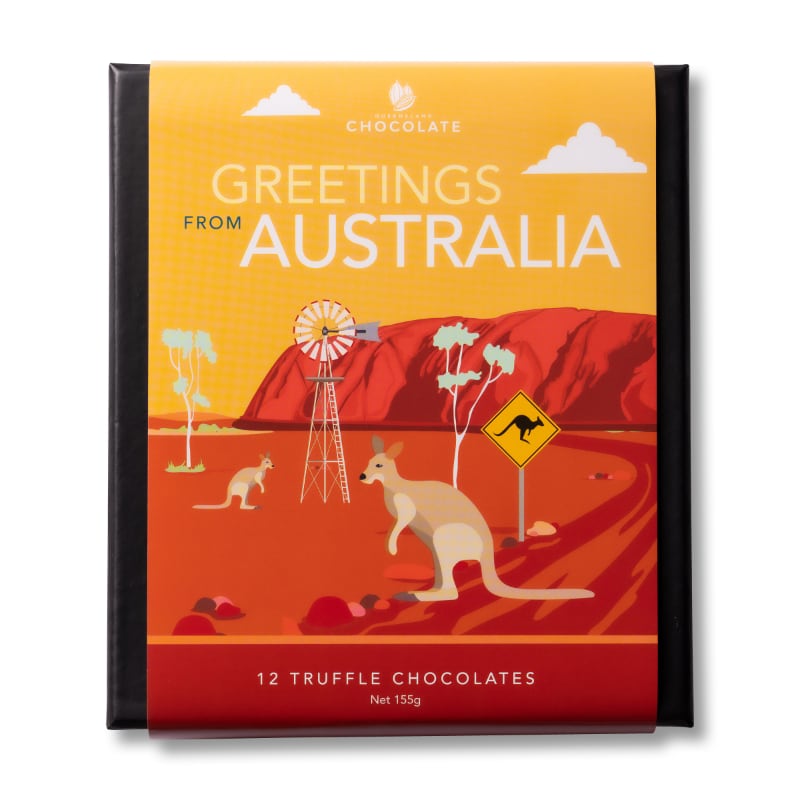It is recommended to consume chocolates with centres within 4 weeks to ensure taste quality. Solid chocolate with no centres will keep up to 10 months, if stored in the correct conditions
(see above)
Chocolate is a food made from the seeds of a tropical tree called the cacao tree. Because of a spelling error, probably by English traders long ago, these beans became known as cocoa beans. Most of the world’s cocoa is grown in a narrow belt 10 degrees either side of the Equator because the trees grow well in humid tropical climates with regular rains and a short dry season. The world’s major cacao beans growers are based in West Africa, South and Central America and parts of Asia.
In some cases it may be necessary to add some extra cocoa butter or vegetable oil to your chocolate fountain in order for it to flow smoothly. Add the cocoa butter or vegetable oil in small quantities while the fountain is already flowing. Be careful not to add too much.
Workers cut the fruit of the cacao tree, or pods open and scoop out the beans. These beans are allowed to ferment and then dry. Then they are cleaned, roasted and hulled. Once the shells have been removed they are called nibs. Nibs are blended much like coffee beans, to produce different colours and flavours. Then they are ground up and the cocoa butter is released. The heat from the grinding process causes this mixture of cocoa butter and finely ground nibs to melt and form a free-flowing substance known as chocolate liquor or mass.
